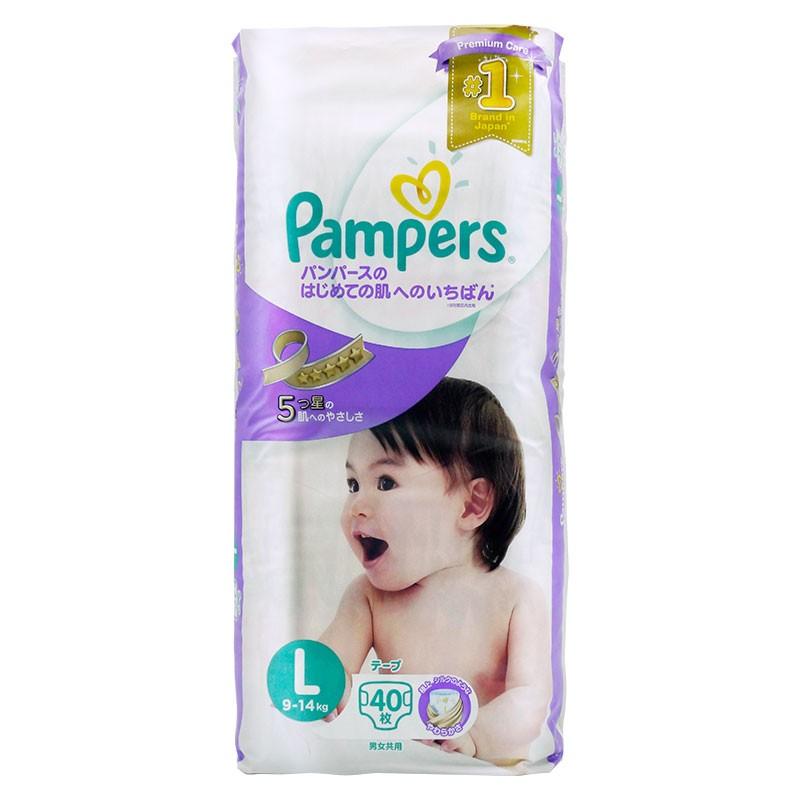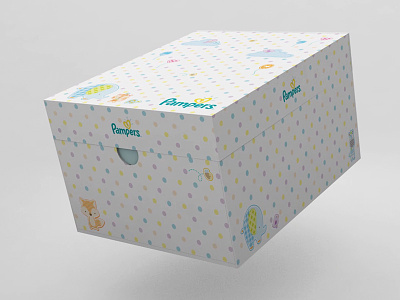In conclusion, the issue of inappropriate content is complex and requires a multi-faceted approach. Many U. Please respect that other people in the community have different life experiences and different perspectives. So now I'm talking about nestle. The parents are confused about the product. The Impact on Film and TV Content Localization Localization refers to adapting content to make it culturally and linguistically suitable for a specific target audience in a particular region or country. From the simplicity of targeting demographics to today's complex considerations involving regulated content, discover how advertisers navigate challenges. This includes inappropriate comments, images, and video. I am Sikder Jubaer Anan. The company grows significantly during the First World War and again following the Second World War, expanding its contributions outside its early reduced milk and child formula products. Lorem ipsum dolor sit amet sectetur adipiscing elit. Save Save The reason of failure of pampers For Later. Can you explain what may have caused the intercultural blunder? Why were Japanese parents perturbed?


In Japan, in any case, a comparable advertisement and bundling came up short horrendously. T-bird Connect is designed to be a powerful networking tool. Zubiatecarloslrfinal Zubiatecarloslrfinal. Copyright: © All Rights Reserved. Skip carousel. With the public no longer able to watch films in person, a new strategy for releasing theatrical films was necessary, and the "Cross-Platform Release" strategy was born. The company changed course with its marketing, but another obstacle would also emerge: domestic competition. Japanese-made diapers were indisputably better — and, by , they were driving Pampers out of business. He has two possible loans in mind. In the U.
Asia Pacific
Sarry Corp. The company changed course with its marketing, but another obstacle would also emerge: domestic competition. This issue becomes even more complex when we consider the global nature of these platforms and the need for content localization. But every part of world has different culture and norms of values. Or is it a trick of the brain? Is the image created by the mirror a physical construct? All indications are the problem will get worse before it gets better. This failed miserably. First Things First The first step in solving a problem is understanding it. The company grows significantly during the First World War and again following the Second World War, expanding its contributions outside its early reduced milk and child formula products. Culture Documents. Step-by-step explanation sectetur adipiscing elit.
It’s a Peach, Not a Stork! How P&G Recovered from Pampers Fail in Japan | Thunderbird
- Making a mess of diaper marketing It all started with a bad ad.
- Furthermore, it can damage the reputation of businesses associated with these platforms, especially if their ads appear next to such content.
- Compliance Matters to Advertisers.
- AI can also automate the monitoring and analysis of content, providing insights into the type of content and where ads can appear.
- From the simplicity of targeting demographics to today's complex considerations involving regulated content, discover how advertisers navigate challenges.
Nam lacinia pulvinar tortor nec facilisis. Pellentesque dapibus efficitur laoreet. Nam risus ante, dapibus a molestie consequat, ultrices ac magna. Fusce dui lectus, congue vel laoreet ac, dictum vitae odio. Donec aliquet. Unlock access to this and over 10, step-by-step explanations. Have an account? Log In. Log In Sign Up. Answered step-by-step. As in the United States, the package featured the picture of a stork delivering a baby. Why were Japanese parents perturbed? It turns out that the myth of a stork carrying babies to expectant parents is unknown in Japan. Instead, according to Japanese lore, giant floating peaches deliver offspring. Can you explain what may have caused the intercultural blunder? A stereotype is an oversimplified perception of a behavioral pattern or characteristic applied to entire groups.
Communication is a vital step in the customer acquisition process. Promotion of the product is done effectively through advertisement strategies. Pampers first faced their first issue with their communication strategy when an advertisement lost translation to Japanese consumers. They introduced an advertisement that has done well p&g pampers japonia the U. The ad captured the relief of parents eager to be done with messy cloth diapers, p&g pampers japonia. This commercial success relies on consumer awareness of the meaning behind the stork, this failed to cross the mind of the executives at Pampers.



P&g pampers japonia. Select your country/region and language
We spend a lot of time examining how different industries approach culture. One industry that has lessons for media and entertainment is advertising. Like film, advertising tells stories, p&g pampers japonia, albeit seconds versus minutes. Hundreds of trade journal articles and academic research papers have been written examining cultural advertising failures. This failed miserably. In Japanese folklore, babies are gently delivered by giant peaches floating down a river. When they changed the imagery to a peach, the product took off. Hundreds of other companies have and continue to make the same mistakes. This is a crucial p&g pampers japonia for content creators. The advent of and explosive growth of streaming presents content creators with global opportunities that would have been extremely difficult, impractical, or impossible a decade ago. Advertising provides valuable insights into why and how avoiding or denying the importance of culture has when introducing new content and products into new markets, p&g pampers japonia.
Related insights
Rookie mistakes may be common, but some are more costly than others. Procter and Gamble Co. In the U.
But Japanese parents took it negatively.


Quite, yes